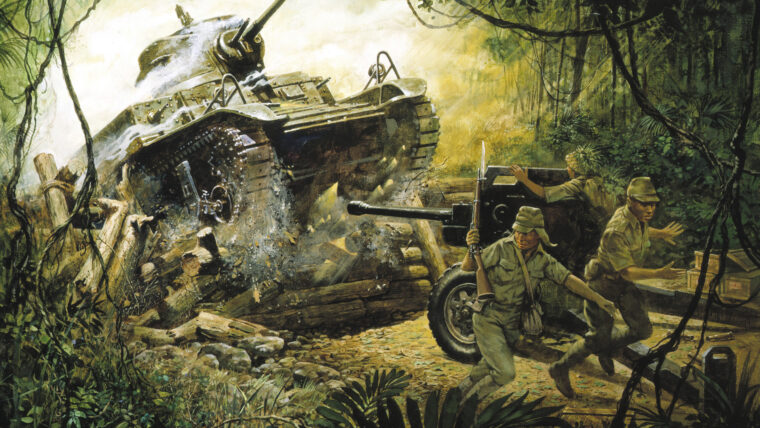
Philippines
Defending Bataan
By Arnold BlumbergIn 1941, the Philippine Islands, 7,000 in number, an American-controlled mandate, formed a natural barrier between Japan and the rich resources of East and Southeast Asia. Read more

Philippines
In 1941, the Philippine Islands, 7,000 in number, an American-controlled mandate, formed a natural barrier between Japan and the rich resources of East and Southeast Asia. Read more
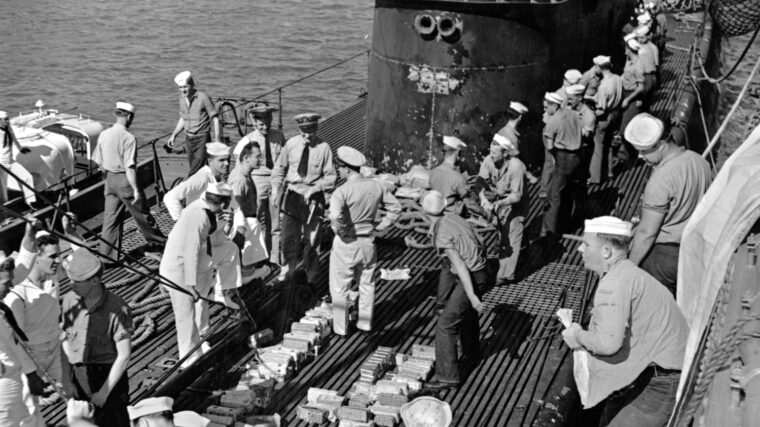
Philippines
Early in the morning of July 8, 1942, in the calm waters of Caballo Bay south of Corregidor Island in the Philippines, a casco, a 12-foot by 60-foot flat-bottomed wooden diving barge, bobbed placidly in the open water 120 feet above the ocean floor. Read more
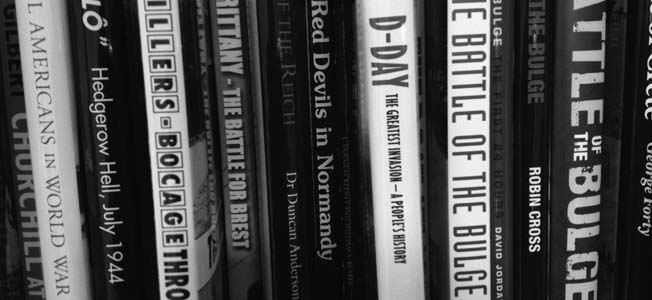
Philippines
American General George S. Patton, Jr., and German Field Marshal Erwin Rommel both demonstrated the masterful employment of armored forces in many World War II military campaigns. Read more
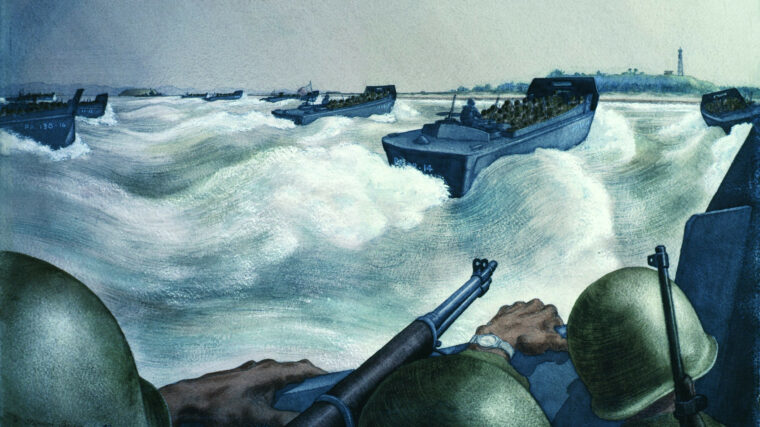
Philippines
During the more than half a century since the end of World War II, there has been much speculation about what would have happened if President Harry Truman had not dropped the atomic bomb on Hiroshima and Nagasaki and the invasion of Japan had actually taken place. Read more
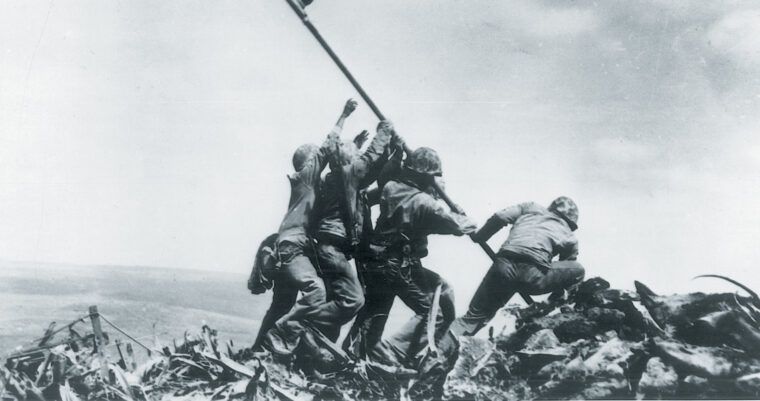
Philippines
By Chris McGowan
Atop 550-foot Suribachi Yama, the volcano at the southwest tip of Iwo Jima, Marines of the 2nd Battalion, 28th Regiment, 5th Division, hoist the Stars and Stripes, signaling the capture of this key position. Read more
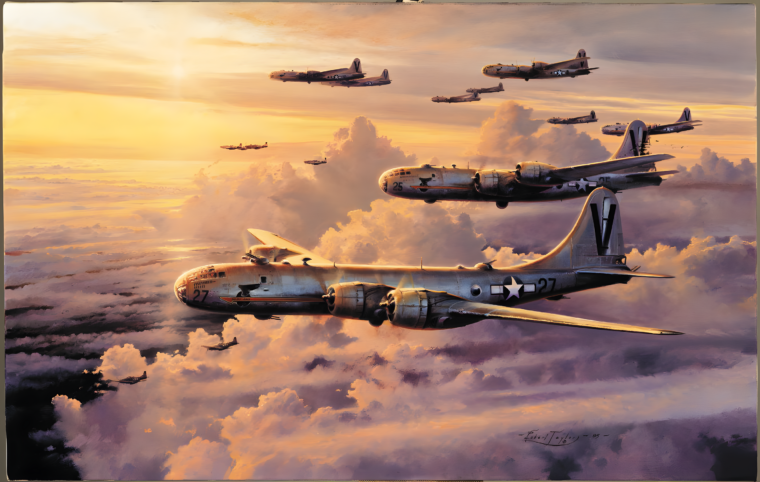
Philippines
From an altitude of 30,000 feet, the swift Japanese reconnaissance aircraft flew high over Saipan and Tinian, photographing the brisk and extensive engineering effort under way on the American airfields far below. Read more
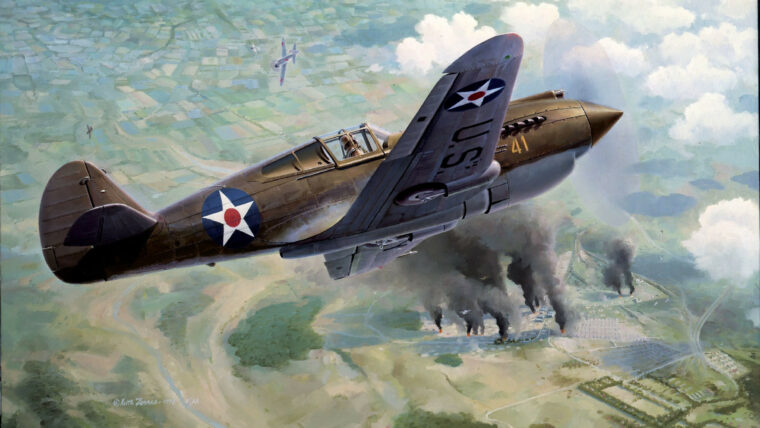
Philippines
Lieutenant Colonel William Edwin Dyess, a U.S. Army Air Corps pilot and squadron commander, was considered a hero by men who served under him in the Philippines and who felt they owed their own lives to Ed’s sacrifice. Read more

Philippines
“One of the greatest heroes in American history never fired a bullet.” That is the tagline of Director Mel Gibson’s 2016 film, Hacksaw Ridge. Read more
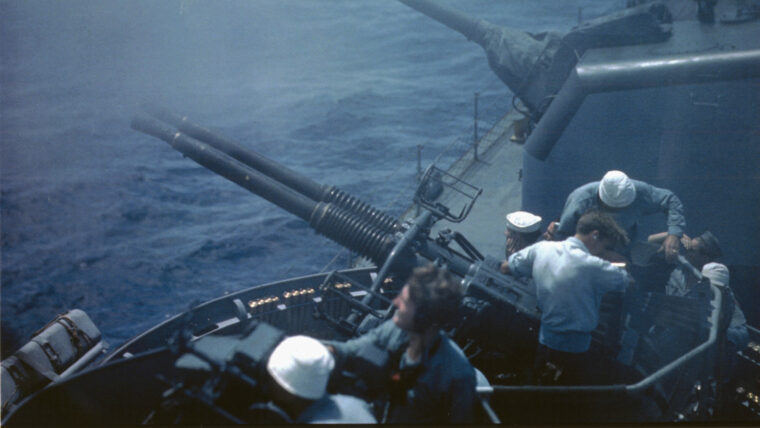
Philippines
The 18-year-old seamen bobbed in the oily waters off the Philippine coast with other survivors of the October 25, 1944, battle. Read more
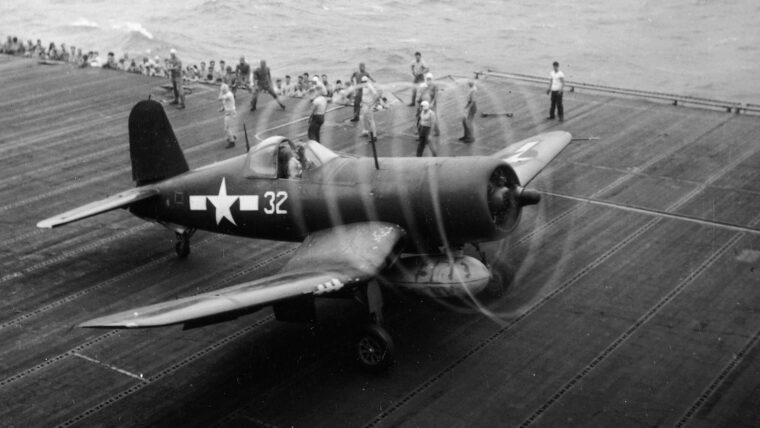
Philippines
Thanks to the rather far-fetched mid-1970s TV series Black Sheep Squadron, the bent-wing image of the Chance-Vought F4U Corsair is no doubt one of the most vivid of the World War II fighters in the minds of most Americans. Read more
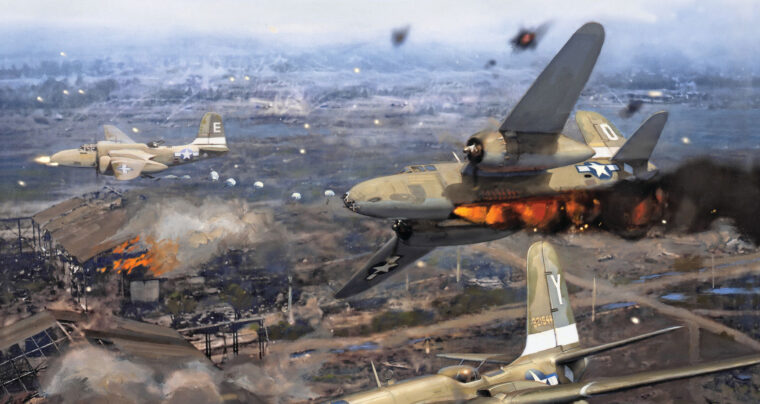
Philippines
General Douglas MacArthur, Supreme Allied Commander Southwest Pacific Area, kept his promise to return to the Philippine Islands when his Sixth Army under the command of Lt. Read more
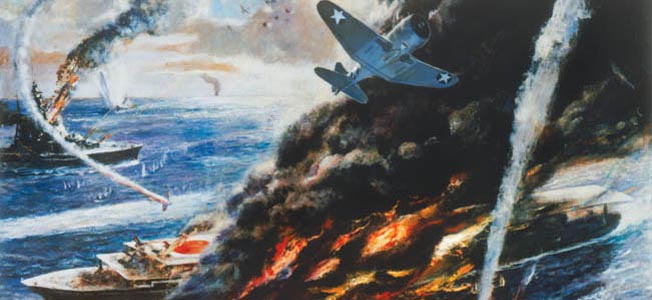
Philippines
Since 1931, Japan’s army had asserted control over territory on the continent of Asia, brushing aside Chinese resistance, condemnation and political pressure from other nations, and most recently, the Allied military. Read more
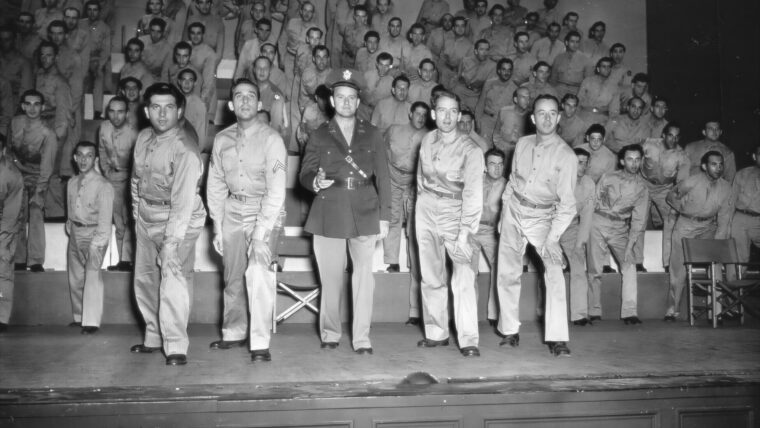
Philippines
The most successful and popular patriotic show of World War II and one of the most unique productions in the history of entertainment was Irving Berlin’s This Is the Army, which originally began as a Broadway musical. Read more
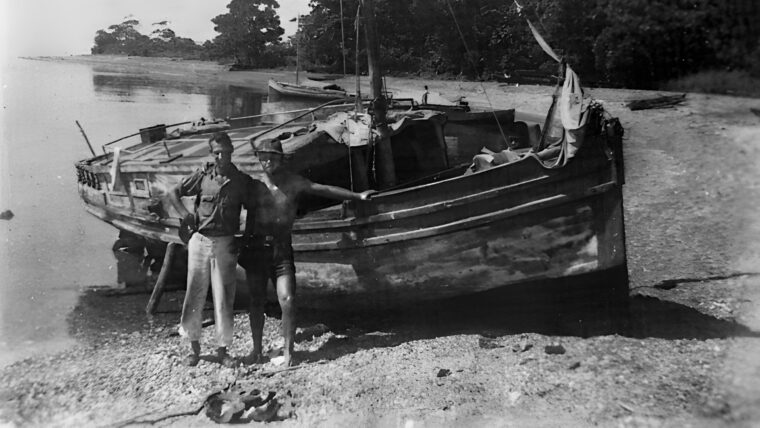
Philippines
Most Americans were surprised by the Japanese attack on pearl Harbor, but the military had known that war with Japan was inevitable. Read more
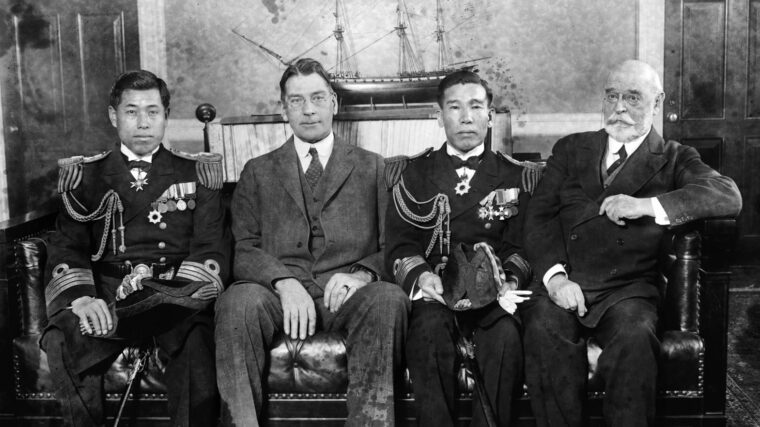
Philippines
Brave, urbane, and complex, Admiral Isoroku Yamamoto was Japan’s greatest naval strategist and the architect of one of the most stunning achievements in the history of modern warfare. Read more
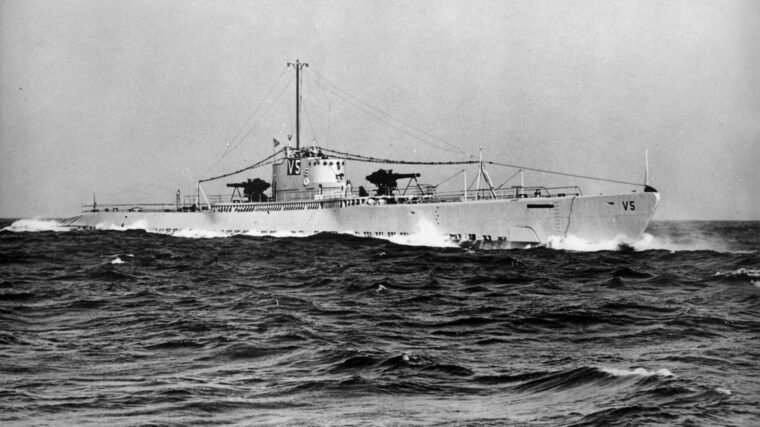
Philippines
Sunsets over Manila Bay are nothing less than spectacular. Once the sun dips below the horizon there is a lingering illumination known as “blue hour” as the sky gradually shifts from pale azure to deep indigo before fading completely into the black tropical night. Read more
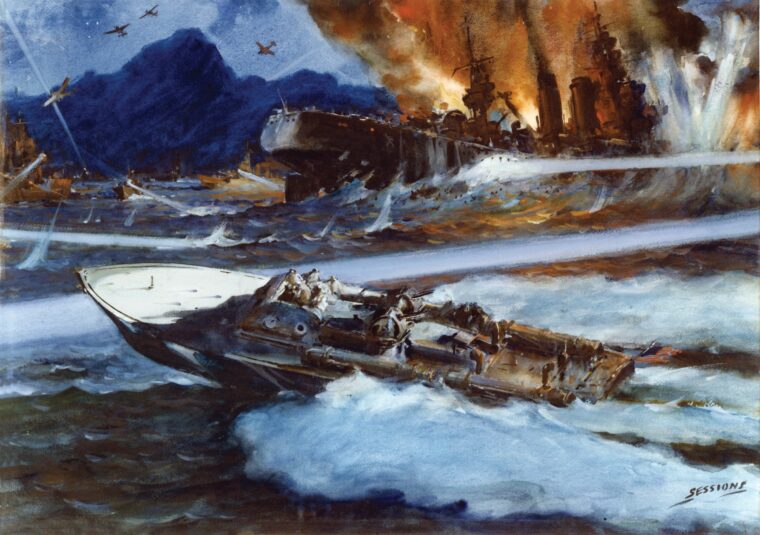
Philippines
Lieutenant John Bulkeley knew something was in the wind when General Douglas MacArthur invited him for an informal lunch at his headquarters on Topside, the highest elevation on the island fortress of Corregidor. Read more
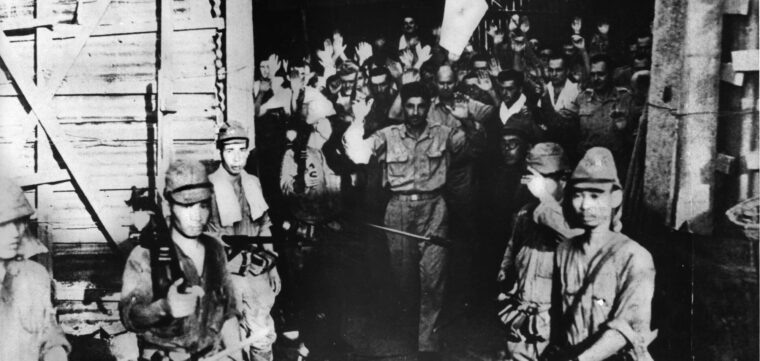
Philippines
The Great Depression greatly affected millions of Americans during the 1930s, and my father, Chad Hanna, was no exception. Read more
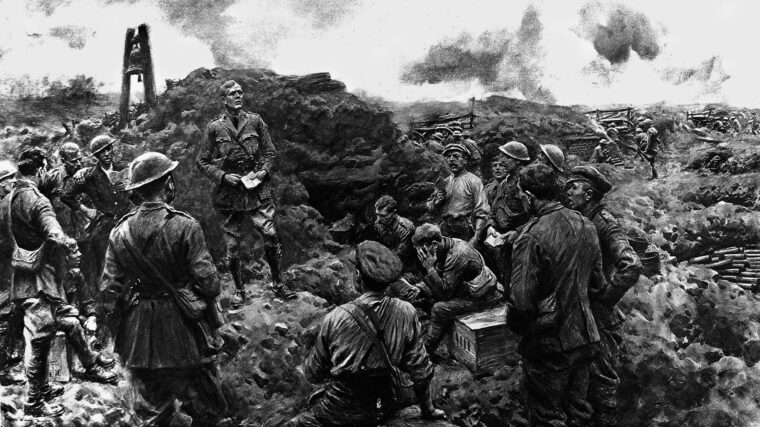
Philippines
They carried no weapons, only holy books and rudimentary vestments, a crucifix or a Star of David and sometimes a little Communion kit. Read more
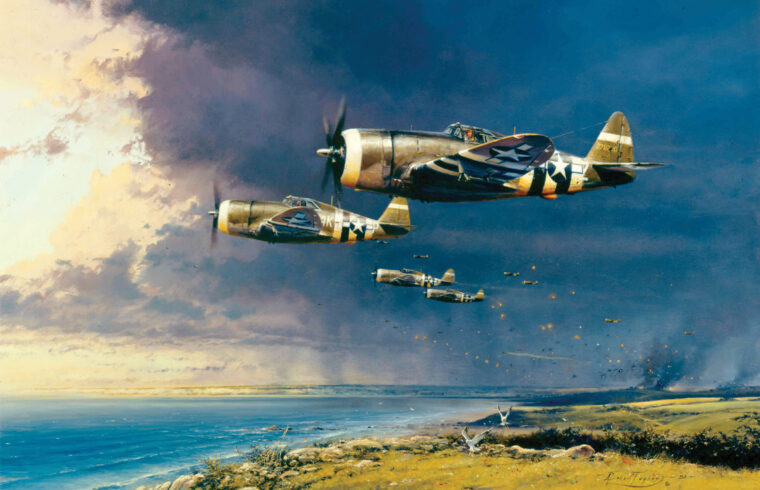
Philippines
As the landing craft carrying the invading Allied ground forces of Operation Overlord motored toward the Normandy beaches on June 6, 1944, they were protected and supported by the largest aerial armada the world has ever seen. Read more